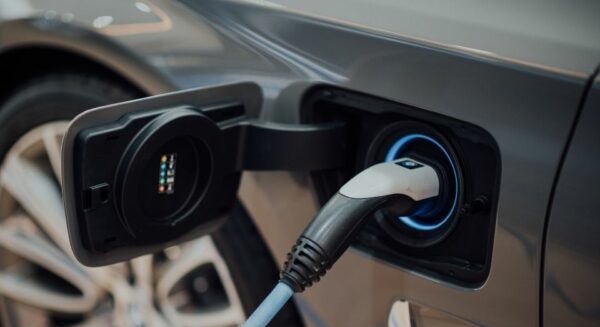
The Basics of Home EV Charging Stations
Electric vehicles are becoming commonplace in American households. While these innovative cars may allow their owners to pass the gas station, but they still need fuel which means that access to a home EV charging station is important to keep these owners on the road.
To provide easy access to electricity, many owners are opting to install their own charging stations in their homes. This allows easy overnight charging and less stopping while driving around town. Typically located inside a garage, home charging allows the driver to avoid long waits for on-the-go charging or going out of their way to find a station.
Basics
Unlike a standard electrical outlet, EV stations have a specialized charging cable that allows a quick charge for the vehicle. The charging cable may be generic or brand-specific, depending on the model and make of the car. The stations are connected to the home’s electrical system and the energy used will be added to the electrical bill each month.
Solar-Powered charging stations have also become increasingly popular. This involves adding solar panels and batteries to the charging station and powering only the charging unit. This can be added even if the homeowner does not have solar power for the rest of the house.
As more people embrace EV technology and car companies offer more models and styles, electric vehicles will become more commonplace. By learning about the manufacturer’s specifications and using professional installers, adding a home charging station will make owning these cars an easy transition.
